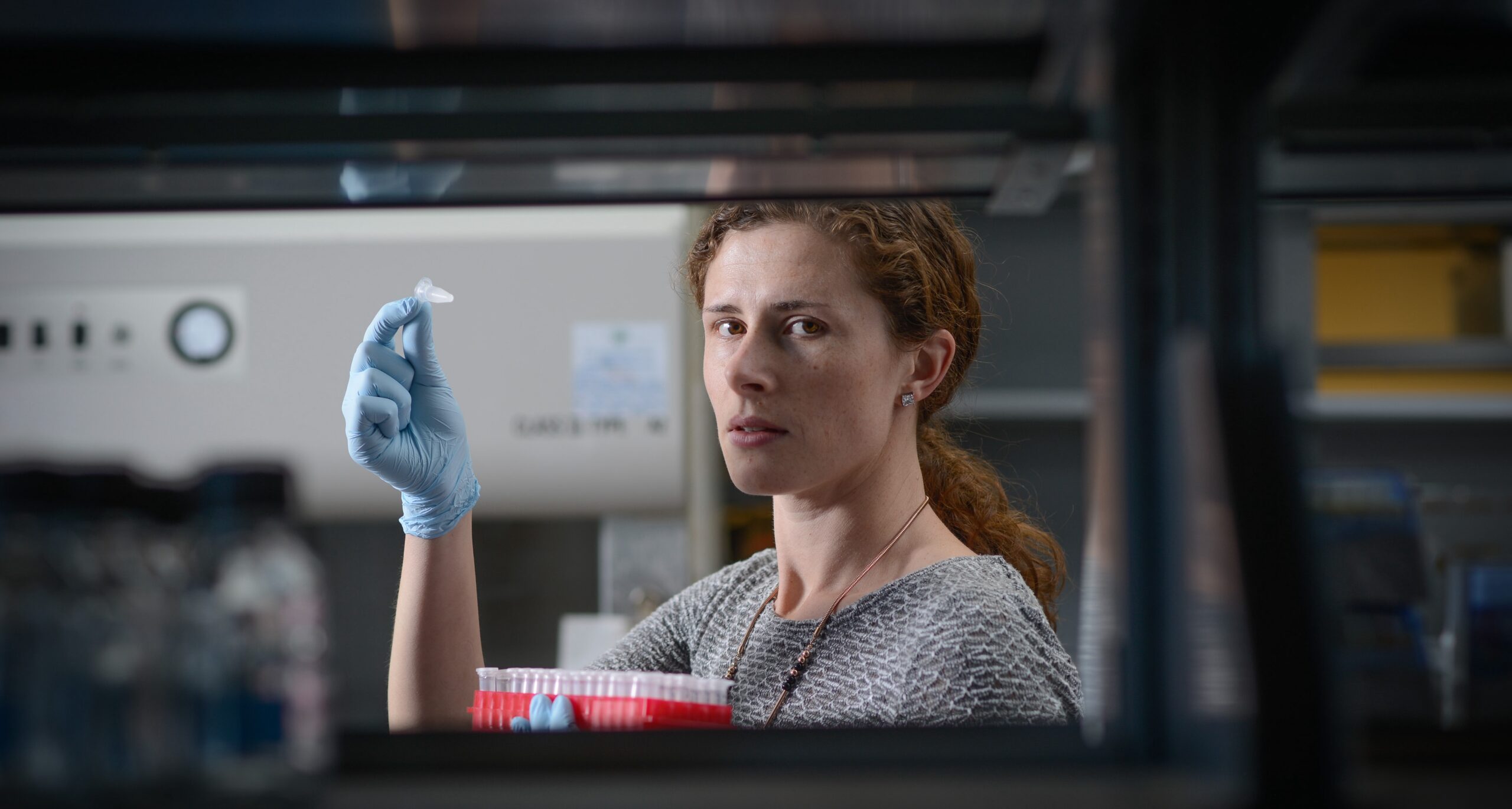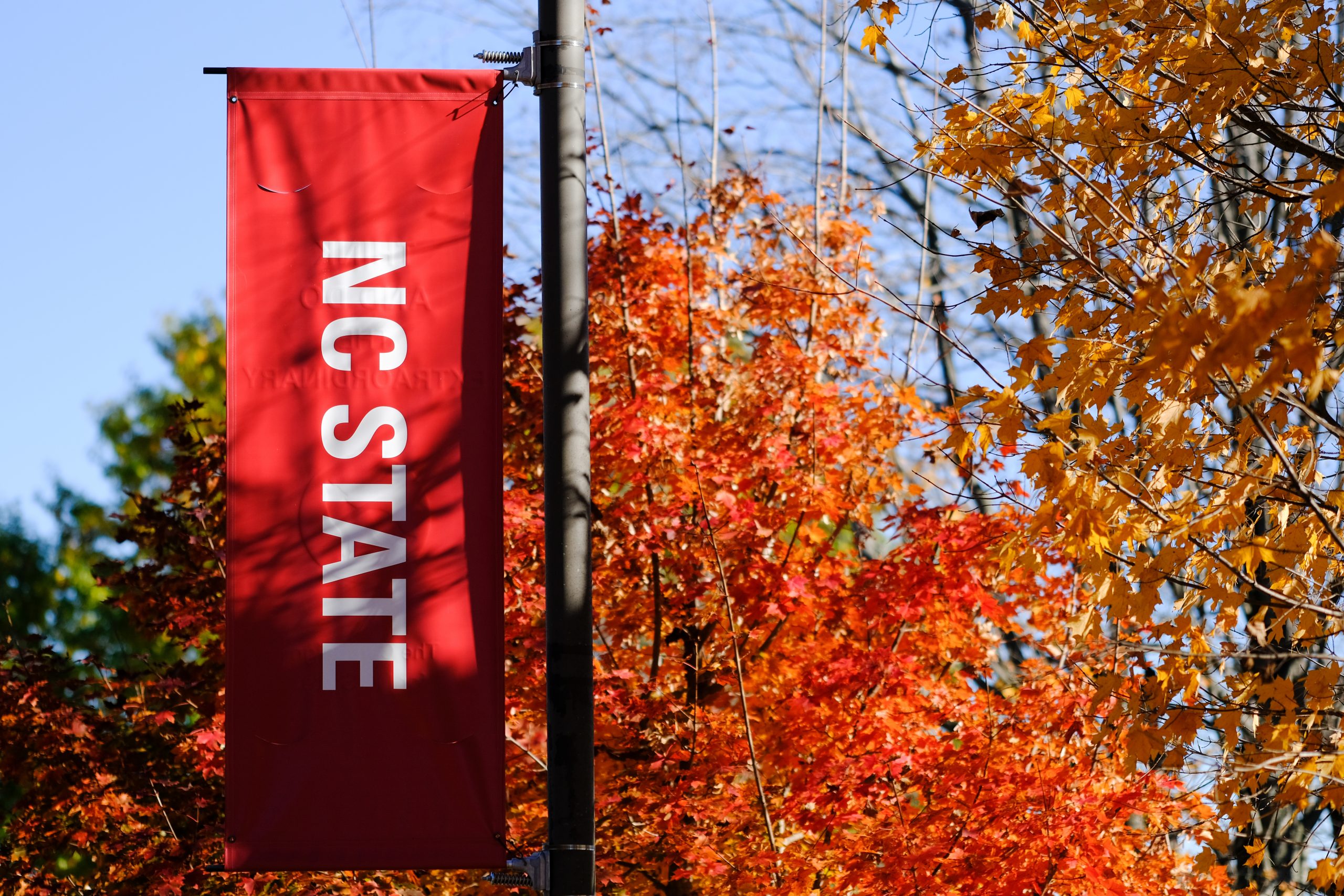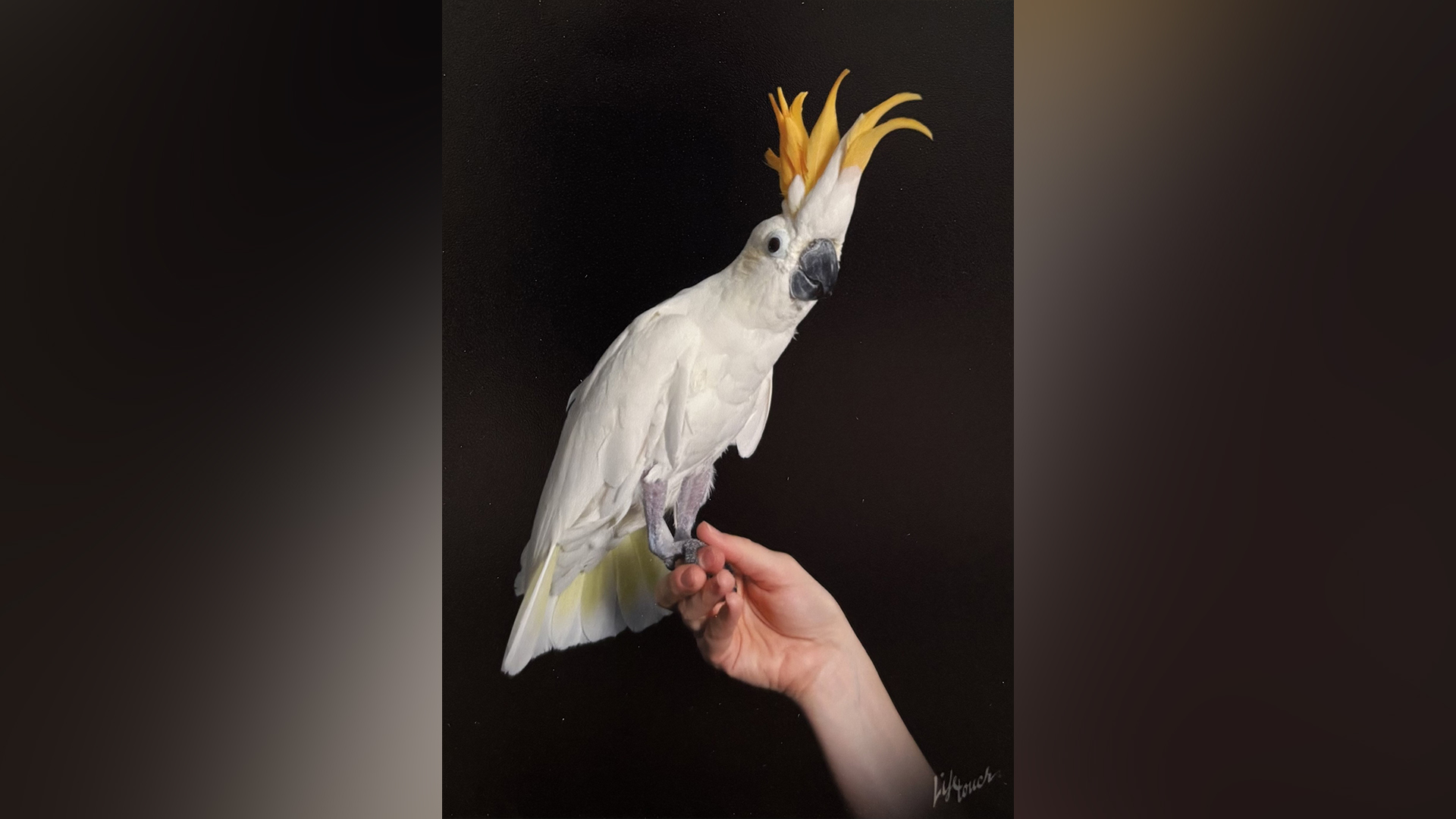Stronger Together: NC State Veterinary Education in the Age of Coronavirus
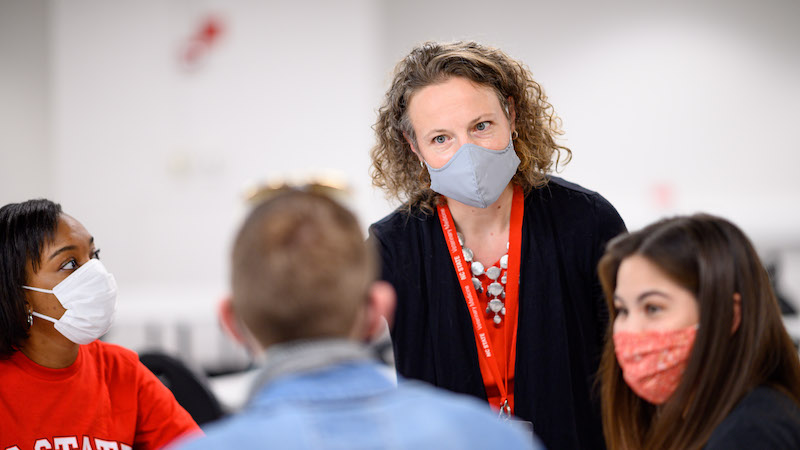
Right now, there’s no such thing as going back to normal. But when COVID-19 first permeated the country and its consciousness, Laura Nelson began leading the effort to ensure that when the NC State College of Veterinary Medicine begins its fall semester, it’s tradition of academic excellence would remain unshaken.
CVM faculty, staff, and academic leadership have been working for months — under ever-changing restrictions and evolving understanding of the novel coronavirus — to prepare for the launch of the fall semester Aug. 10.
“We remain committed to ensuring that our graduates have the skills, knowledge and perspectives they need to be successful practitioners,” says Nelson, the CVM’s associate dean and director of academic affairs. “Though some of our modes of curricular delivery have changed, the expectations and goals that we have for our students have not.”
Nelson talked with us about the college’s comprehensive plans for DVM education this fall, how the CVM community engaged with each other to create new approaches to learning and why the college is ready to move forward.
What can our new and returning DVM students expect as we start the fall semester?
There are certainly things that will be different this fall, but I’ll start with what will be the same.
The material that we will cover each year is largely the same, with differences mainly due to the kinds of updates that courses routinely undergo rather than changes driven by a response to COVID-19. More importantly, we have an exceptional teaching faculty. Students will be learning from amazing educators who also happen to be experts in their disciplines.
There will certainly be differences driven by the need to have fewer people gathered in lower densities than we are used to. Masks are mandatory. Classes that would pull 100 students into a lecture hall will largely be taught online. Laboratories will be taught in smaller sections with only half of each class on campus at a time.
This has prompted us to be more intentional about how students learn material. We’ve asked ourselves what can be learned independently and what benefits from review and discussion? How can we best organize material that we would have typically presented in a 50-minute lecture when we are free from this format? How do we support a community of learners who aren’t interacting with one another in conventional ways?
Though some of our modes of curricular delivery have changed, the expectations and goals that we have for our students have not.
After COVID-19 restrictions came into place, when did conversations begin about how to approach education at the CVM?
We were having conversations about our educational approaches before restrictions went into place. These early conversations focused on many of the same operational principles that we are currently working under: How do we accommodate absences, because we want people with respiratory illness to stay home? How do we reduce the number of people on campus? How do we use the tools available to us to maintain teaching while protecting our community?
We had to move very quickly to fully online curricular delivery in spring. In a two-week period, faculty and staff moved mountains to successfully finish the semester. As I look back on the work that was done in March and April, I am incredibly grateful and very proud of the way that our education teams responded.
Fall 2020 teaching at the CVM
How did those quick changes early on help shape our direction now?
We learned a lot. There were some good things that happened in the midst of change. Zoom chats enlivened class discussions in ways that differ from what happens in a lecture hall. Students on clinical rotations missed the hands-on opportunities, but gained time with faculty to work through cases and practice clinical reasoning.
We also learned that members of our community had limited access to computers and wireless internet. We learned that fully online education worked great for some students, but left others feeling adrift, and that Zoom fatigue was real.
As we move into fall, we have worked to increase flexibility and reduce the amount of required synchronous time. We have hired tutors and teaching assistants to support students and faculty. We’ve also created forums through our Academy of Educators to allow our educators to share things that have worked and things that haven’t.
We are still learning — in my educator’s heart, we are always learning — but I am grateful to have some miles behind us and lessons learned as we go forward.
The CVM has a proud history of innovative DVM education. How does the approach to education right now reflect that legacy?
I am dazzled by our faculty, our staff, our students and our educational support infrastructure, which includes Educational Support Services, Academy of Educators, the faculty committee on curriculum and course evaluation and a growing brain trust of faculty and staff with credentials in education theory and practice.
We were as ready for this challenge as I could have hoped or imagined.
I’ve only been at the CVM for three years, but was drawn to the college because of its history of excellence in education. Keven Flammer, Lizette Hardie, Oscar Fletcher, Jennifer Neel and many others helped to establish the programmatic strength that is helping us through this very difficult time.
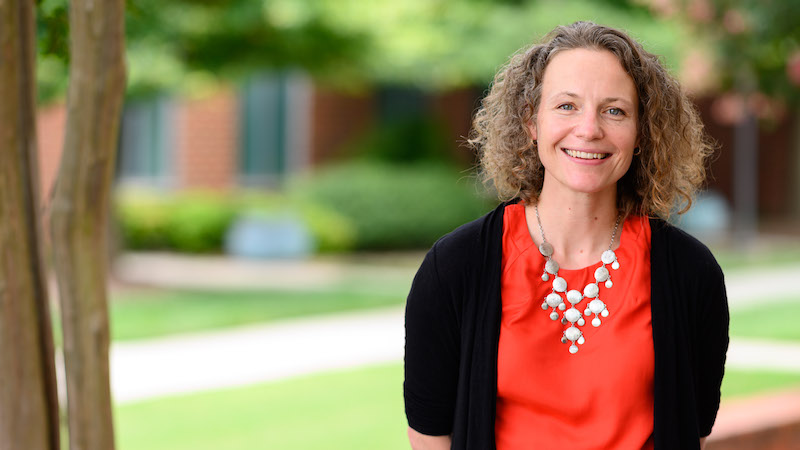
What are your most important priorities in guiding educational approaches as groups including students, interns, residents and house officers?
The first is community safety, knowing that we are working to mitigate risk driven by what is happening in our state and community.
The second, particularly for DVM students, is ensuring that the time that they spend on campus is intentional and necessary. We can’t train veterinarians through online work alone. My hope is that we are able to use strategies for remote learning to complement on-site clinical and laboratory work in such a way that prioritizes time on-site for the activities that merit it.
Finally, but not least, I am very concerned about community well-being and the sustainability of our work. It’s as if we all started out to run a 5K that turned into a marathon that is now an Ironman.
We’ve been doing all of this while living through a pandemic. Our kids are at home with us. We’re worried about our health and the health and well-being of those we love. At the same time, we are also engaged in a process of reckoning with the consequences of institutional racism in health disparities and through police violence, as well as within our college and profession. We are learning, creating, grieving, caring, and coping — all at the same time.
What kind of input has the CVM community had in developing our curricular approach and how did we address their questions or concerns?
We have had regular town halls with students in each class throughout the process, meetings with faculty, staff and course coordinators, and a strong partnership with the students and faculty on our faculty committee on curriculum and course evaluation.
At every step, we sought feedback and input to help develop our plans. We are also really fortunate to have the infectious disease and epidemiology experts that we have; we were able to use the best evidence to inform our decisions from early stages.
That said, there have been plenty of concerns brought forward that we can’t fully address or fix. We are working to make the best of an extremely difficult situation, and there is so much uncertainty. Sometimes the only answer that we can honestly provide is, “I don’t know.”
How will students still be able to have the in-person hospital learning experience that is so vital to their training?
To mitigate disadvantages associated with taking fully online clinical rotations in late spring and early summer, we reconfigured many of our clinical rotations to be “split,” with one-half occurring online and the other scheduled for later in the year and intended to be on-site. Additionally, rotations that were amenable to being fully online were expanded to include more students.
Most of our senior class has completed their clinical pathology rotation already, for example. To give us some time to plan for next steps, we scheduled online rotations through Aug. 2.
We began to reintroduce students to our hospitals on June 8 on a voluntary basis. On June 22, we allowed students to resume regional externships. Starting Aug. 3, we moved all of our clinical rotations to a single format to ensure that all students get to take part in clinical experiences.
While our “new normal” clinical rotations aren’t the same as they were pre-pandemic, we are glad to see students in our teaching spaces again.
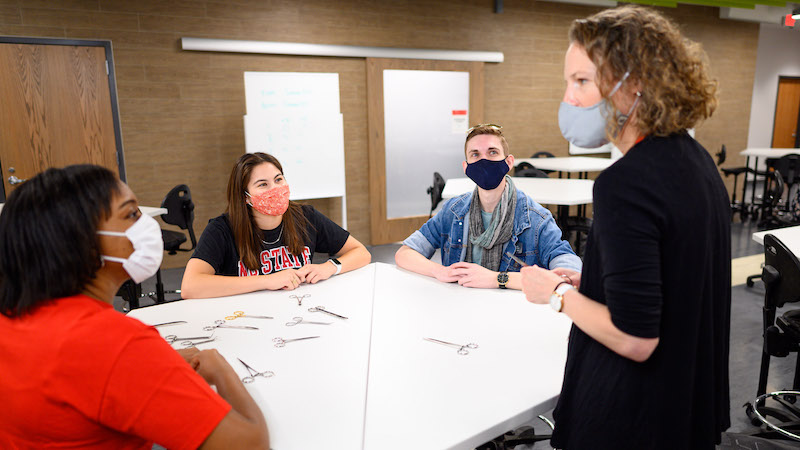
How have faculty members worked together to embrace the necessary changes?
The faculty have been phenomenal. They have engaged, traded ideas, attended workshops and maintained connections with students throughout this time.
Don’t have clients coming to the hospital? The small animal primary care service technical staff served as virtual clients, allowing students practice with taking histories and making plans. Have a caseload but no students? Small animal internal medicine used cameras and real case materials to bring daily cases to remote students for workups.
Worried that many smaller services would not be able to coordinate online rotations? The equine surgery, emergency, and medicine services created a “megarotation” that included elements of multiple specialty areas to make the most of the online format.
What has this time shown you about the CVM’s culture and values?
At every step along the way, the community has engaged. Faculty, staff, students and house officers have listened, learned and acted in support of our Black, indigenous and people of color colleagues and community. They’ve made face masks and distributed them widely throughout the community. They’ve helped one another cope through kind words, compassion, Zoom parties and humor. They’ve created virtual sendoffs and hosted virtual welcomes.
They’ve exercised ingenuity in reinventing the way we are working right now — in teaching, research, clinical service and outreach.
Our values are about how we interact with one another as we do our work. I won’t pretend that this has been an easy time. It has been hard going and it serves nobody to assert otherwise. That said, the strength of a community is most visible when things are hard, not when they are easy.
When the going got tough, the CVM got creative and took care of people — and it hasn’t stopped since. It is humbling and amazing.
~Jordan Bartel/NC State Veterinary Medicine
- Categories:
